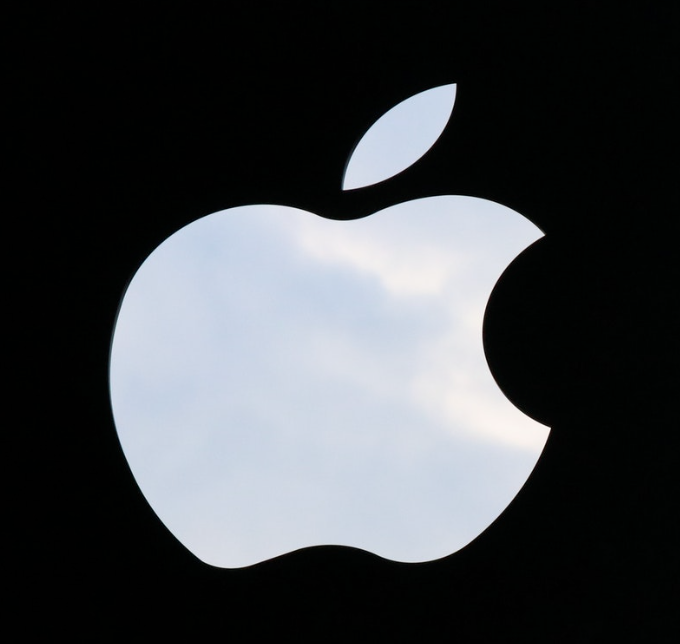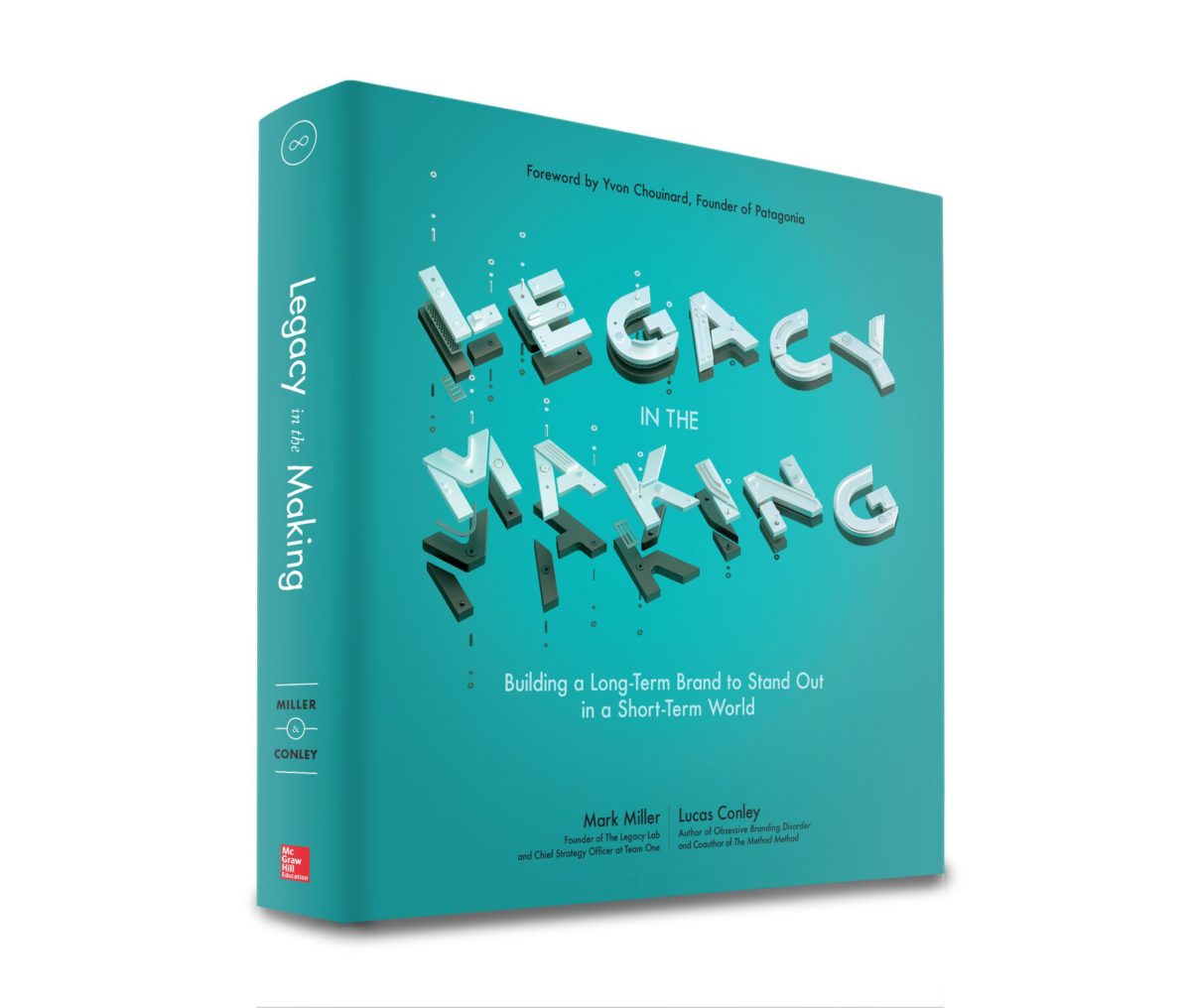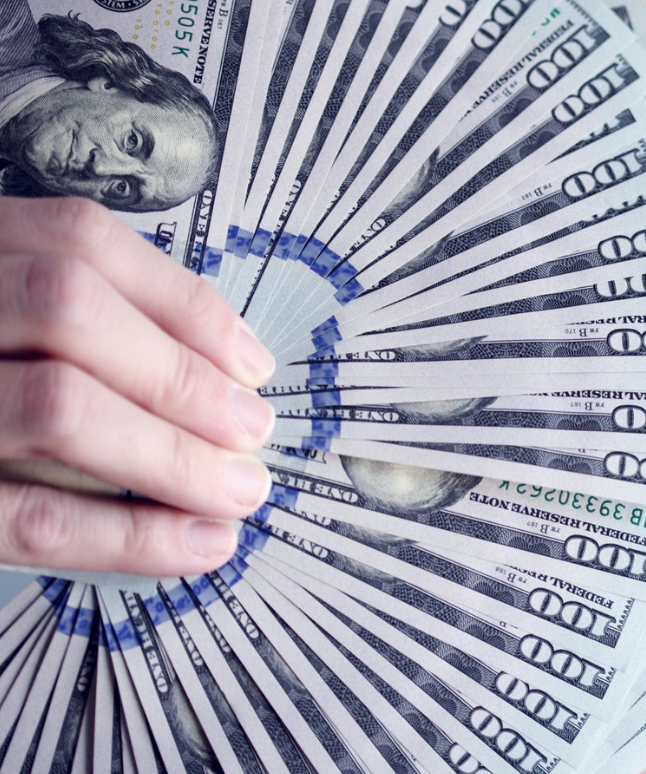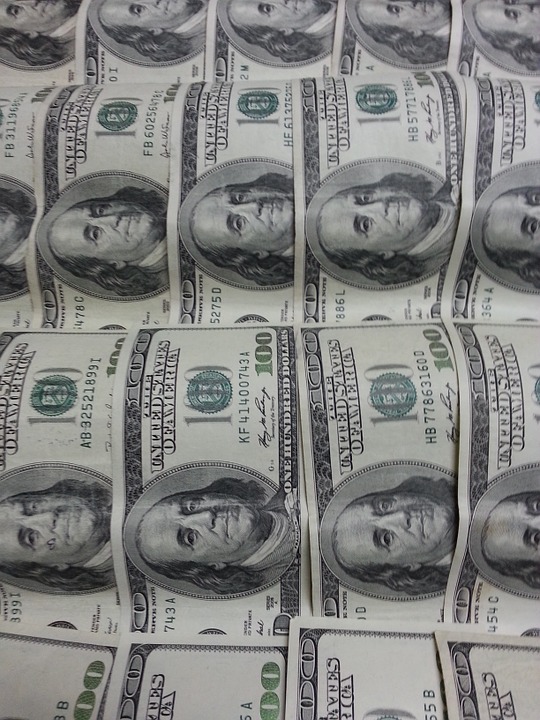by Nkem Iregbulem
Bitcoin is a cryptocurrency, or electronic cash, that works independently of a central bank or administrator and can be transferred electronically from one user to another from anywhere in the world. Through the process of Bitcoin mining, Bitcoin is created and brought into circulation by giving them to computers that help maintain the network by keeping track of all Bitcoin transactions. These mining computers race to solve a complex mathematical puzzle. As of today, those with the fastest computers can be rewarded 12.5 Bitcoins– though this number will be cut in half every 4 years. This process will continue until there are around 21 million Bitcoins in the world, which is predicted to occur in 2140.
Similar to the way the price of a stock is determined by bidding on exchanges, the price of Bitcoin constantly changes and is determined through bidding on Bitcoin exchanges. Some treat Bitcoin as an investment rather than a currency due to the cryptocurrency’s volatility. Bitcoin is valued at approximately $7000 today, but this price will likely change tomorrow and has ranged from close to $0 to nearly $20,000 in its history. There are many other cryptocurrencies also in circulation, including but not limited to Ethereum, Litecoin, and Ripple. But these coins do not have as many followers and are therefore not worth as much as Bitcoin is.
Blockchain is the technology behind cryptocurrencies and can be used to make transactions faster and more secure. It is a digital, shared, decentralized public ledger of all cryptocurrency transactions where new transactions — called blocks — are automatically downloaded to every computer, or node, in the network. This technology thus gets rid of the need for a centralized authority because it allows the validity of transactions to instead be checked by users of blockchain. Nowadays, this technology is mainly used to verify transactions.
If you’re looking to invest and gain exposure to Bitcoin and other cryptocurrencies, there are a number of investment opportunities: Advanced Micro Devices (AMD), Bitcoin Investment Trust (GBTC), Bitcoin Services Inc (BTSC), BTCS Inc. (BTCS), First Bitcoin Capital Corp (BITCF), Global Blockchain (BLKCF), HIVE Blockchain Technologies (HVBTF), Intel (INTC), Marathon Patent Group (MARA), MGT Capital Investments (MGTI), NVIDIA Corp (NVDA), Nxt-ID (NXTD), Overstock (OSTK), and Riot Blockchain (RIOT). These are all traded on the NASDAQ exchange except for MGTI, HVBTF, BITCF, BTCS, GBTC, and BTSC, which are traded over the counter.
Your first option is Advanced Micro Devices, a company that makes semiconductor equipment for mining bitcoin. Founded in 1969 and based in California, the company designs and produces microprocessors and low-power processor solutions for customers within the computer and consumer electronics industries. Most of the company’s sales come from its involvement in the computer market. Advanced Micro Devices has a market cap of $18.36 billion and does not pay a dividend. The stock has a price-to-sales ratio of 3.48, making it slightly overpriced. It trades at 118.38 times trailing earnings and at 41.15 times forward earnings. The company’s stock also has a price-to-book of 25.68. It faces a negative 3-year revenue growth rate of -1.08% and a negative 5-year revenue growth rate of -0.35%.
Bitcoin Investment Trust is another bitcoin investment opportunity to consider. The trust provides the opportunity for investors to bet on bitcoin and speculate on its price. It holds bitcoins on its investors’ behalf, so a share represents ownership of a fraction of a bitcoin. The trust has $1.39 billion in total assets and has a NAV of 6.99. It currently trades above its NAV.
Bitcoin Services is a bitcoin company also involved in the mining of other cryptocurrencies. It was incorporated in 1997 and is headquartered in Michigan. The company provides bitcoin escrow and mining services and also develops and sells blockchain software. Its bitcoin escrow service operates as a neutral intermediary between buyers and sellers in online transactions. Bitcoin Services Inc has market cap of $34.3 million and pays a dividend yield of 3.84%. This low market cap makes the company’s stock speculative.
Another options is BTCS Inc., a company based in Maryland and founded in 2013 that is heavily involved in blockchain technologies and digital currencies. BTCS Inc. operates an online e-commerce platform that allows customers to buy products using bitcoin and other digital currencies. The company has also designed a beta secure digital currency solution called the BTCS Wallet. BTCS Inc. has a market cap of $24.2 million and does not pay a dividend. The company’s very low market cap makes its stock very speculative. The stock has an extremely high price-to-sales ratio of 19817.7, putting it well into the overpriced range. The stock trades at 0.15 times trailing earnings and has a price-to-book ratio of 138.52. The company faces a negative 3-year revenue growth rate of -51.06% and negative 5-year revenue growth rate of -67.77%.
Based in Vancouver, Canada and founded in 1989, First Bitcoin Capital Corp is a company involved in developing digital currencies, blockchain technologies, and the digital currency exchange called CoinQX. The company also operates a cryptocurrency and bitcoin news site and another site than provides mining pool management services. Through its partnership with GoCOIN.com, the company is working to create a beta e-commerce marketplace, BITessentials.com, which accepts various digital currencies. First Bitcoin Capital Corp has a low market cap of $81.50 million, so its stock is considered speculative. The stock does not pay a dividend yield.
You might also consider Global Blockchain Technologies Corp, an investment company involved in identifying and investing in a diversified portfolio of public and private companies for capital growth. These companies primarily come from the cryptocurrency and blockchain industries. Global Blockchain aims to make it easier for investors to gain exposure to the world of cryptocurrencies. The company was incorporated in 2010 and is headquartered in Vancouver, Canada. Most of the company’s revenue comes from its business in Canada. Global Blockchain has a very low market cap of $21.16 million and does not pay a dividend yield. Its low market cap makes its stock speculative. The stock has a price-to-book ratio of 0.58, and the company boasts a 3-year revenue growth rate of 26.51%.
HIVE Blockchain Technologies Ltd is a cryptocurrency mining company that provides infrastructure solutions within the blockchain sector. It mines cryptocurrencies such as Ethereum, Monero, and ZCash. The company aims to bridge the gap between the blockchain sector and traditional capital markets. The company is based in Vancouver, Canada and was founded in 1987. HIVE Blockchain Technologies Ltd has a market cap of $221.56 million, putting its stock into the speculative range. The stock also pays a dividend yield of 2.36%. With a price-to-sales ratio of 10.37, the stock is considered overpriced. It trades at 6.72 times forward earnings and has a price-to-book ratio of 1.47.
Another option is Intel, one of the largest chipmakers in the world. The company was founded in 1968 and is based in California. It designs, builds, and sells microprocessors as well as computer, networking, data storage, and communication platform solutions around the world. Intel aims to find a more reasonable and cost effective way to mine bitcoins than methods that are currently used and has therefore filed a patent for a Bitcoin mining chip accelerator. In May of 2017, the company partnered with PokitDok to help bring blockchain technology to the healthcare industry. Intel has a market cap of $222.19 billion and pays a dividend yield of 2.52%. The stock’s price-to-sales ratio of 3.58 puts the stock in the overpriced range. It trades at 25.79 times trailing earnings and at 11.74 times forward earnings. The stock also has a price-to-book 3.17. With revenue values that have been increasing each fiscal year since 2015, the company has a 3-year revenue growth rate of 3.95% and for 5-year revenue growth rate of 3.31%.
Headquartered in Los Angeles and founded in 2010, Marathon Patent Group is heavily involved in the mining of digital assets. It owns and operates cryptocurrency mining machines as well a data center for mining digital assets. Marathon Patent Group has a very low market cap of $24.05 million, so its stock is very speculative. The stock does not pay a dividend. With a high price-to-sales ratio of 15.67, the company’s stock is overpriced. It trades at 3.05 times forward earnings and has a price-to-book ratio of 2.85. The company faces a negative 3-year revenue growth rate of -71.04%, which was largely caused by its revenue falling from $36.63 million in 2016 to $0.52 million in 2017.
MGT Capital Investments is involved in bitcoin mining activities. The company was founded in 1979 and is based in North Carolina. It has facilities in both northern Sweden and Washington State where it owns and operates numerous bitcoin mining rigs and machines. As one of the largest U.S. based Bitcoin miners, MGT Capital Investments has a market cap of $56.90 million and its speculative stock pays a yield of 2.25%. Its stock has a price-to-sales ratio of 10.53, making it overpriced. It also has a price-to-book ratio of 6.25. The company a high 3-year revenue growth rate of 221.85% and a 5-year revenue growth rate of 50.27%. Its revenue has been increasing since 2014, taking a big jump between 2016 and 2017 from $0.31 million to $3.13 million.
You might also consider NVIDIA Corp, a company based in California and founded in 1993. NVIDIA Corp makes cryptocurrency-specific graphics processing units. The company is also a leading designer of graphics chips for PC graphics applications such as gaming, data centers, artificial intelligence, and autonomous driving. NVIDIA Corp has a market cap of $148.19 billion and pays a dividend yield of 0.24%. Given its high price-to-sales ratio of 14.42, the company’s stock is considered overpriced. It trades at 41.93 times trailing earnings and at 33 times forward earnings. The stock also has a price-to-book ratio of 19.82. With its revenue increasing each fiscal year since 2014, the company enjoys a 3-year revenue growth rate of 27.54% and a 5-year revenue growth rate of 17.81%.
Founded in 2011 and based in Florida, Nxt-ID is a security technology company involved in developing products and solutions for security, healthcare, financial technology, and Internet of Things (IoT) markets. The company operates Flip, a contactless payment device that will allow people to use cryptocurrency to buy products at millions of retail locations. Nxt-ID has a market cap of $39.97 million and its speculative stock does not pay a dividend yield. The company’s stock has a decent price-to-sales ratio of 1.31 and a price-to-book ratio of 2.51. With its revenue increasing since 2015, the company enjoys a 3-year revenue growth rate of 34.88% and an even better 5-year revenue growth rate of 147.44%. Its revenue took big jumps between 2015 and 2017, going from $0.62 million in 2015 to $7.74 million the next year and then to $23.32 million the year after that.
You may have heard of Overstock, the US-based online retailer responsible for Overstock.com, a site that provides various products and services. Based in Utah and founded in 1997, the company offers a number of products, including furniture, home decor, jewelry, clothes, electronics, and many other items. In 2014, Overstock became the first major retailer to adopt Bitcoin as a payment method through its partnership with Coinbase. Overstock has a market cap of $1.04 billion and does not pay a dividend. The company’s stock has a favorable price-to-sales ratio of 0.55 and a price-to-book ratio of 5.98. The company enjoys a 3-year revenue growth rate of 5.24% and a 5-year revenue growth rate of 9.68%.
Another option is Riot Blockchain, a company that builds, supports, and operates blockchain technologies through its cryptocurrency mining operations. The company is based in Colorado and was founded in 2000. It focuses largely on Bitcoin and general blockchain technology. Riot Blockchain also engages in the buying and selling of cryptocurrencies, provides accounting, audit, and verification services for cryptocurrencies, and operates TessPay, a blockchain solution for supply chain settlements. Riot Blockchain has a market cap of $102.68 million. Its stock is considered speculative due to the company’s low market cap and overpriced due to its high price-to-sales ratio of 51.48. The stock also has a price-to-book ratio of 2.71. With its revenue increasing each fiscal year since 2016, the company has a 3-year revenue growth rate of 0.88% and a much higher 5-year revenue growth rate of 34.12%.
Disclosure: Author didn’t own any of the above at the time the article was written.










